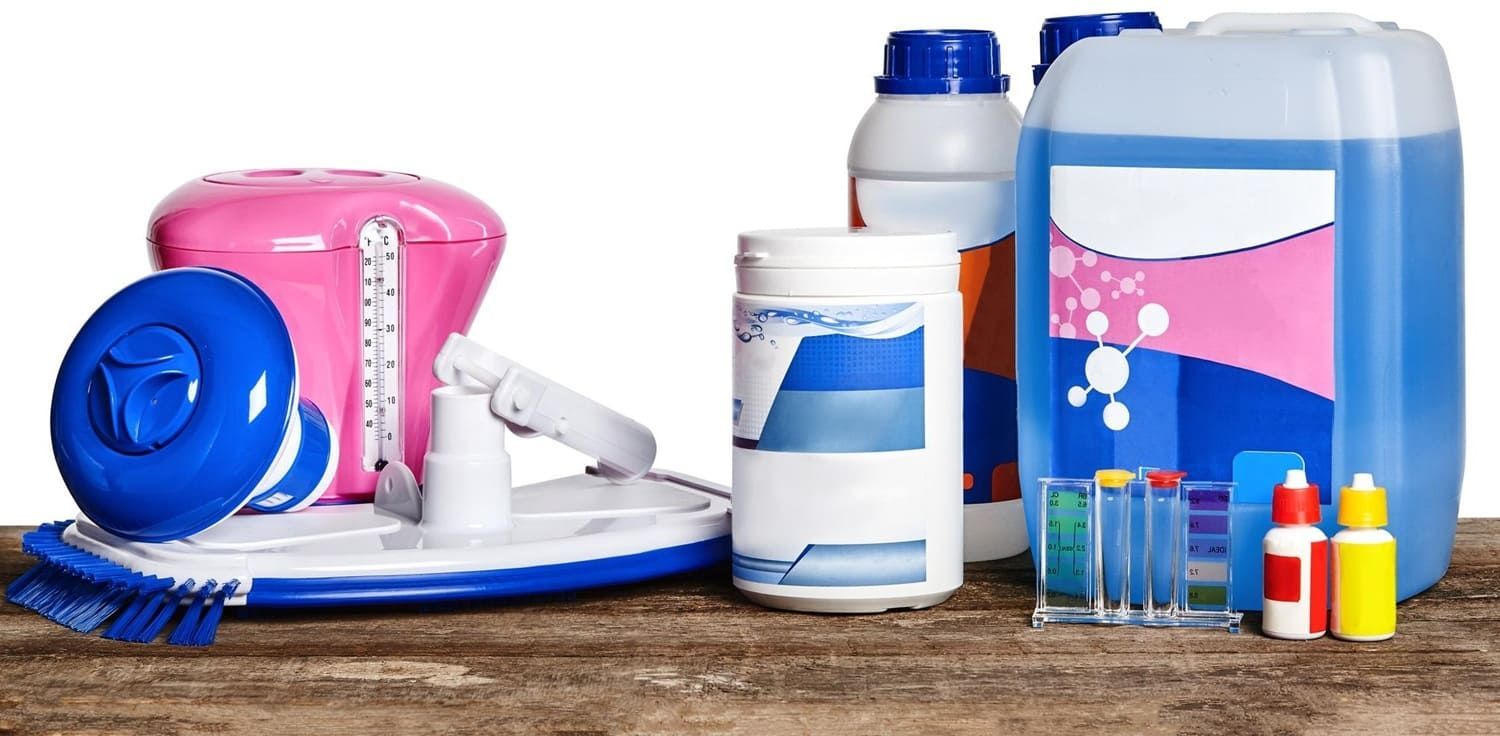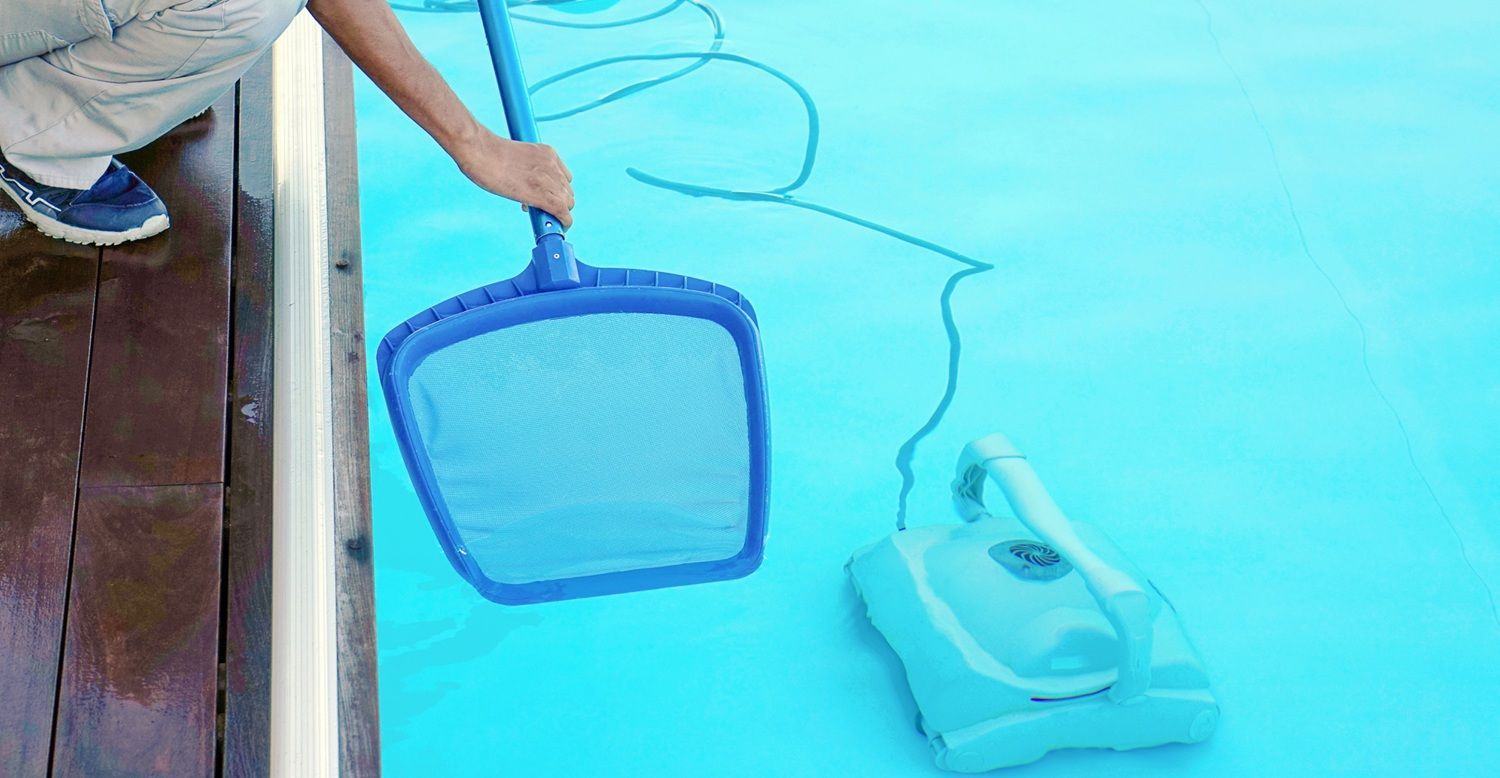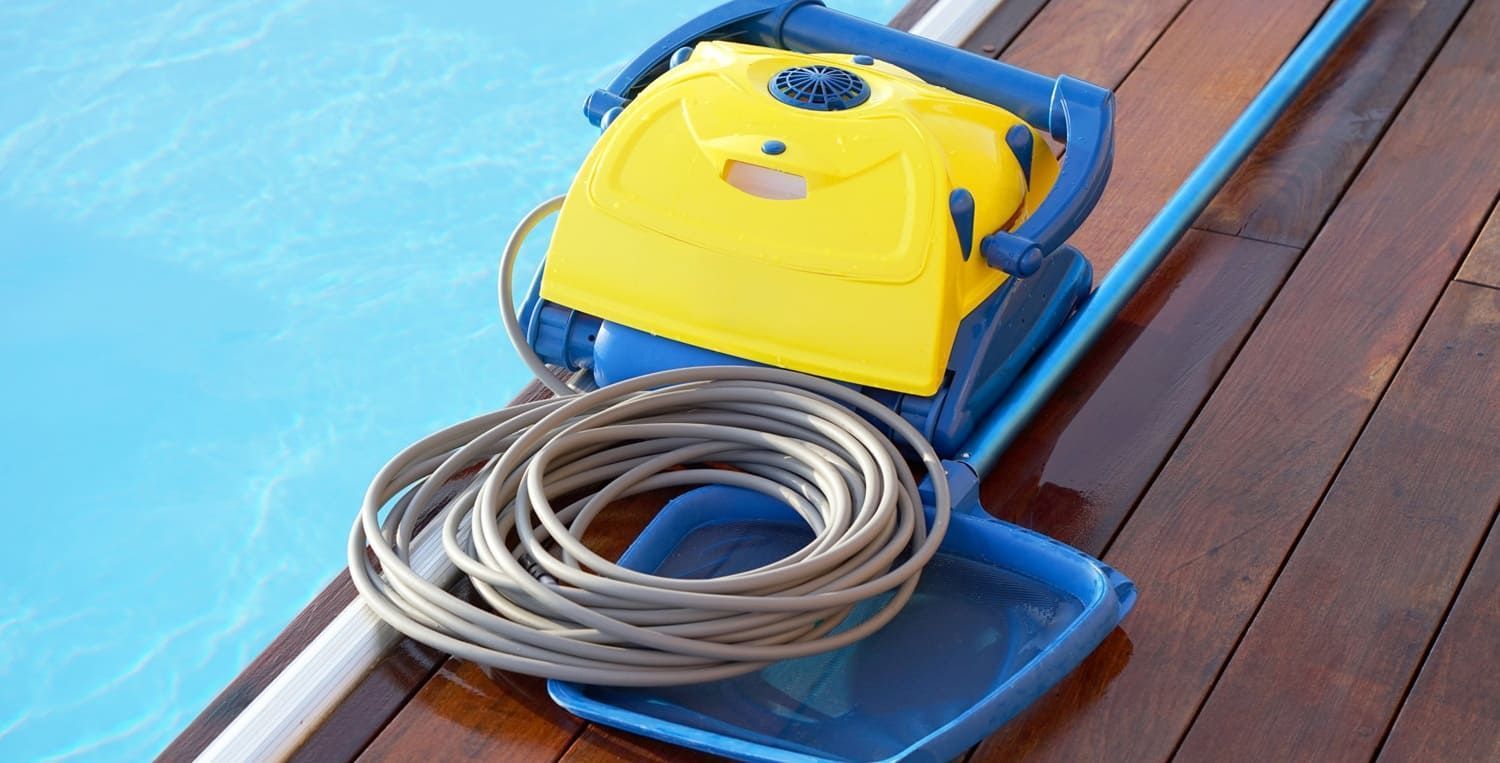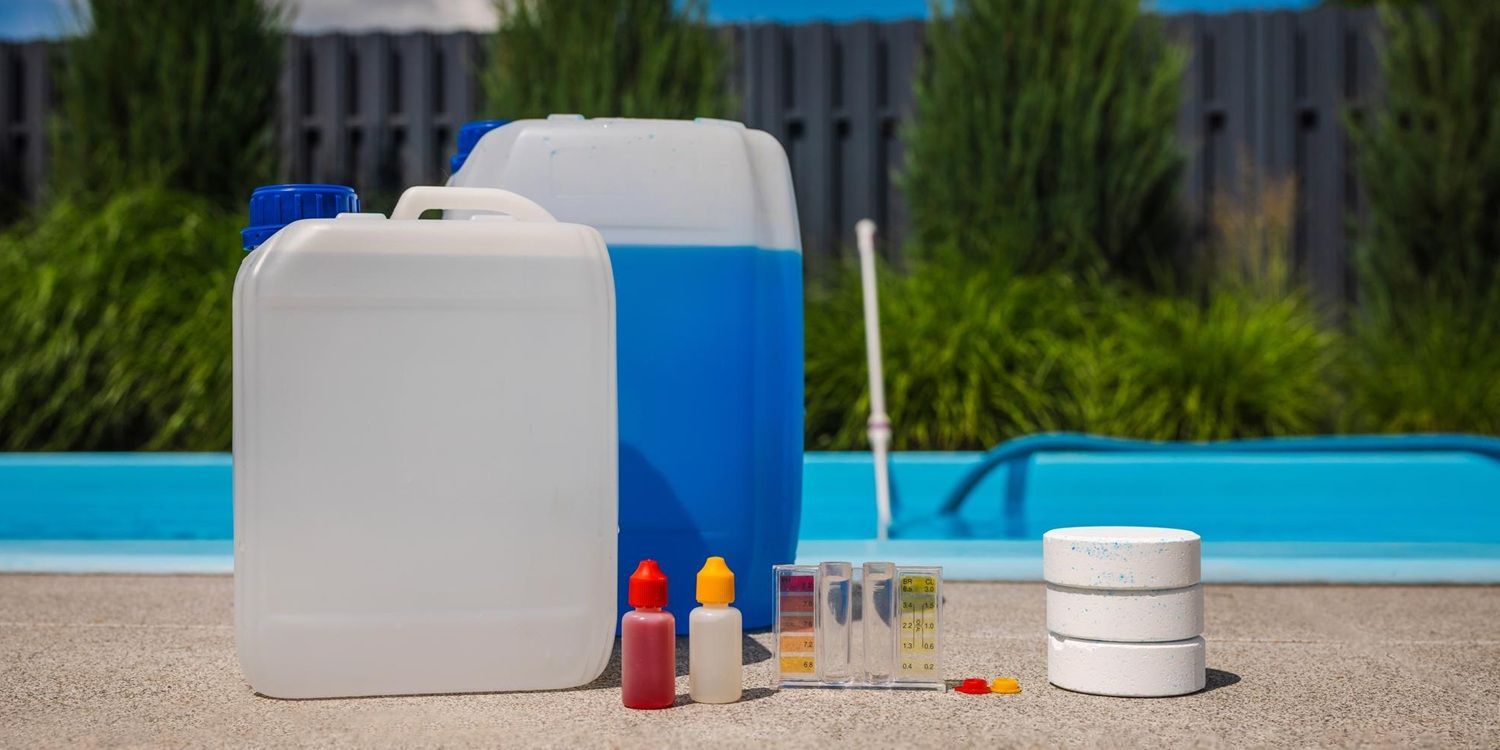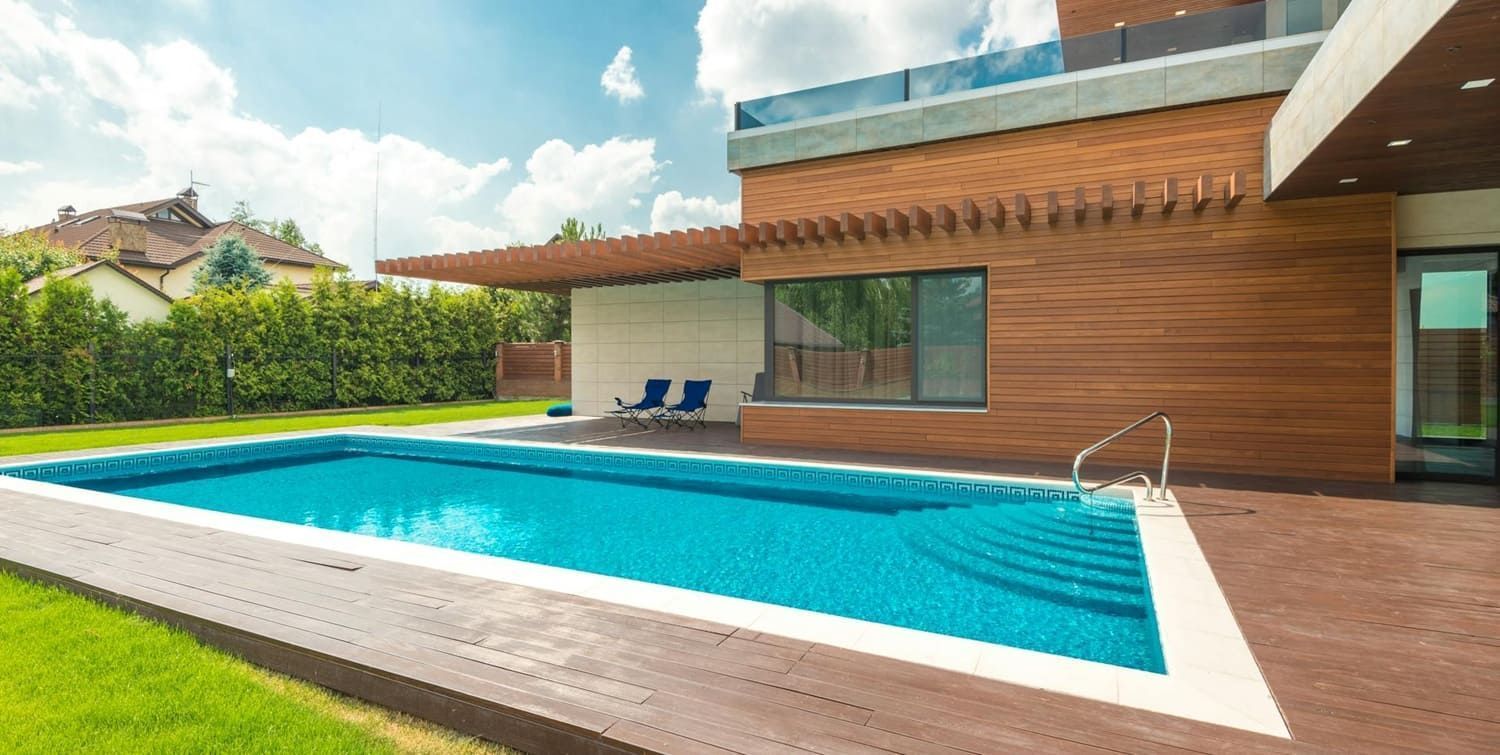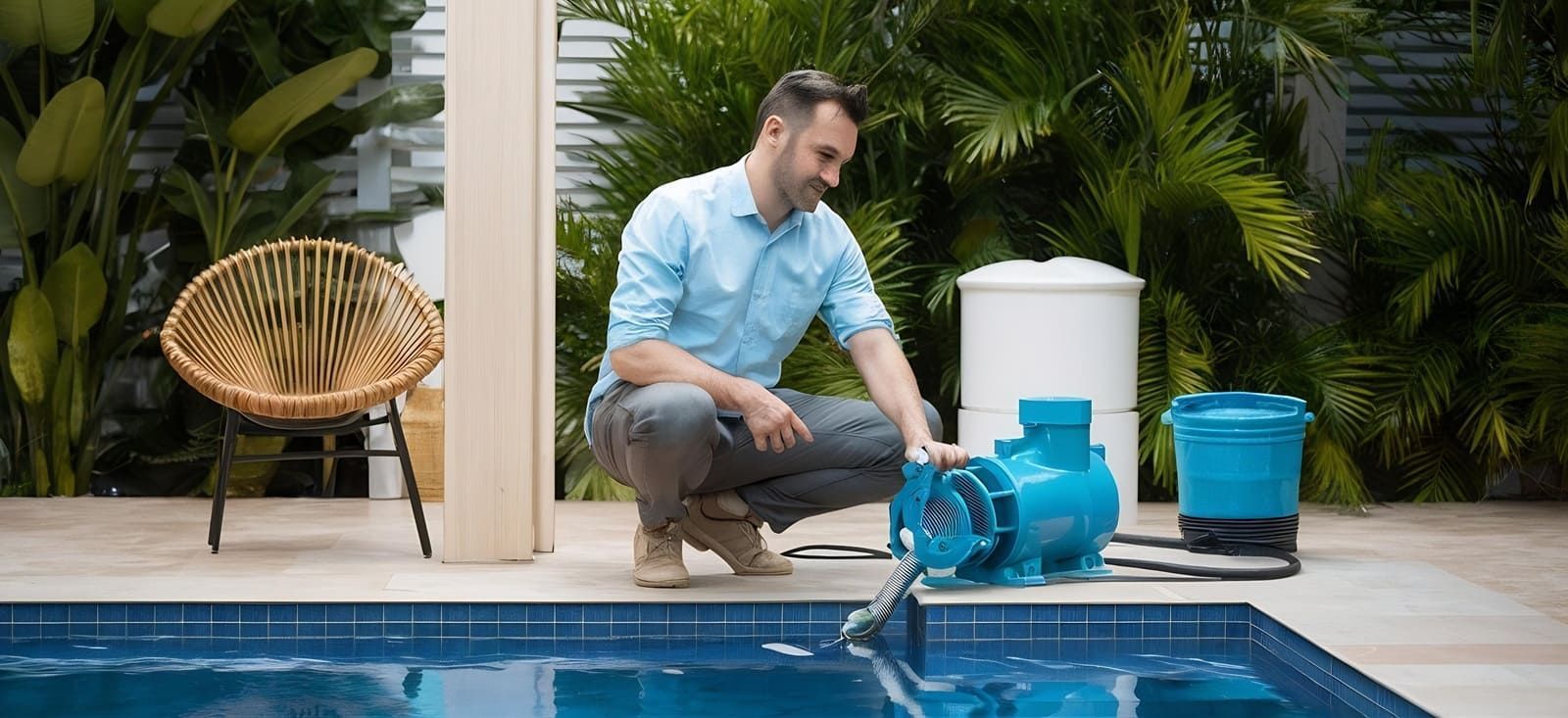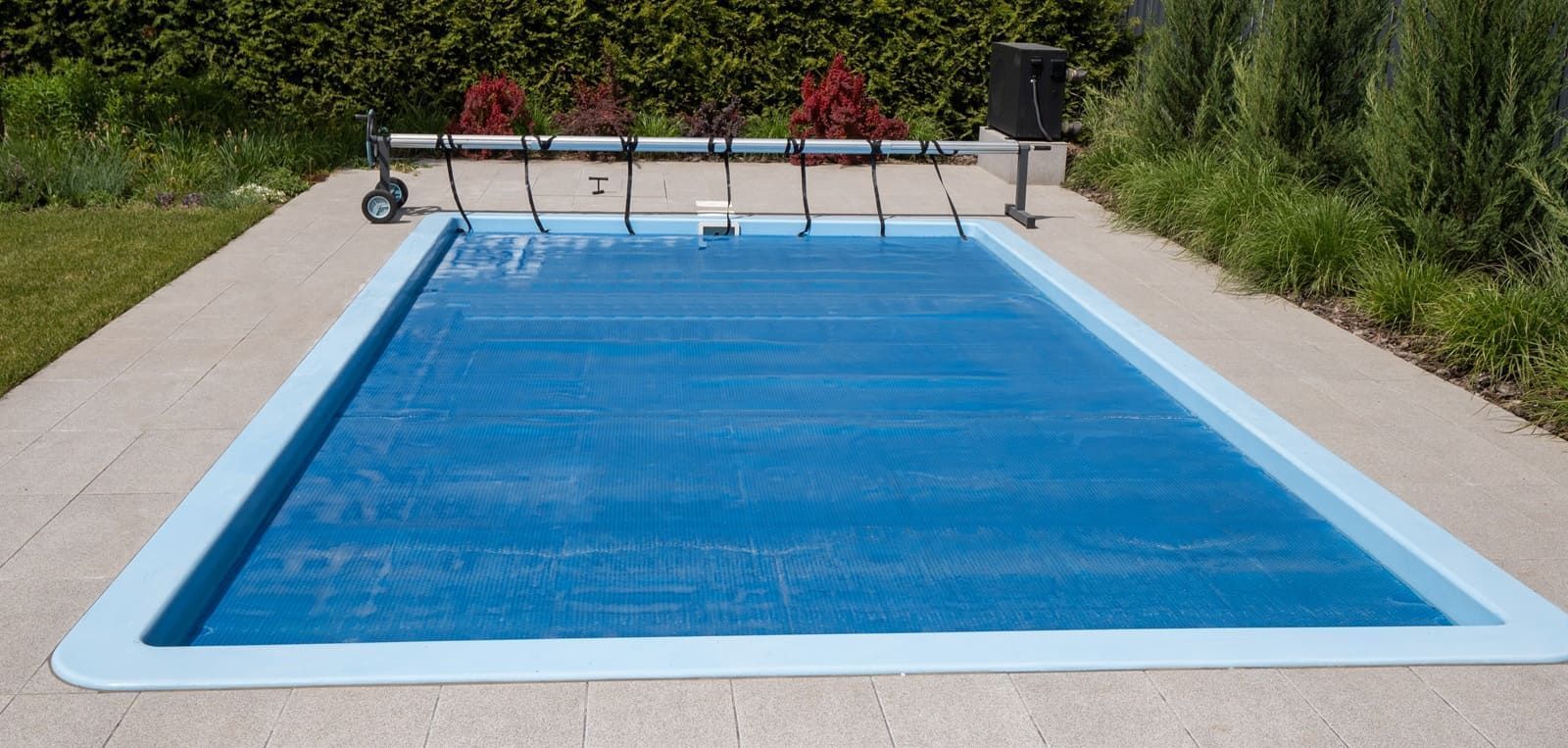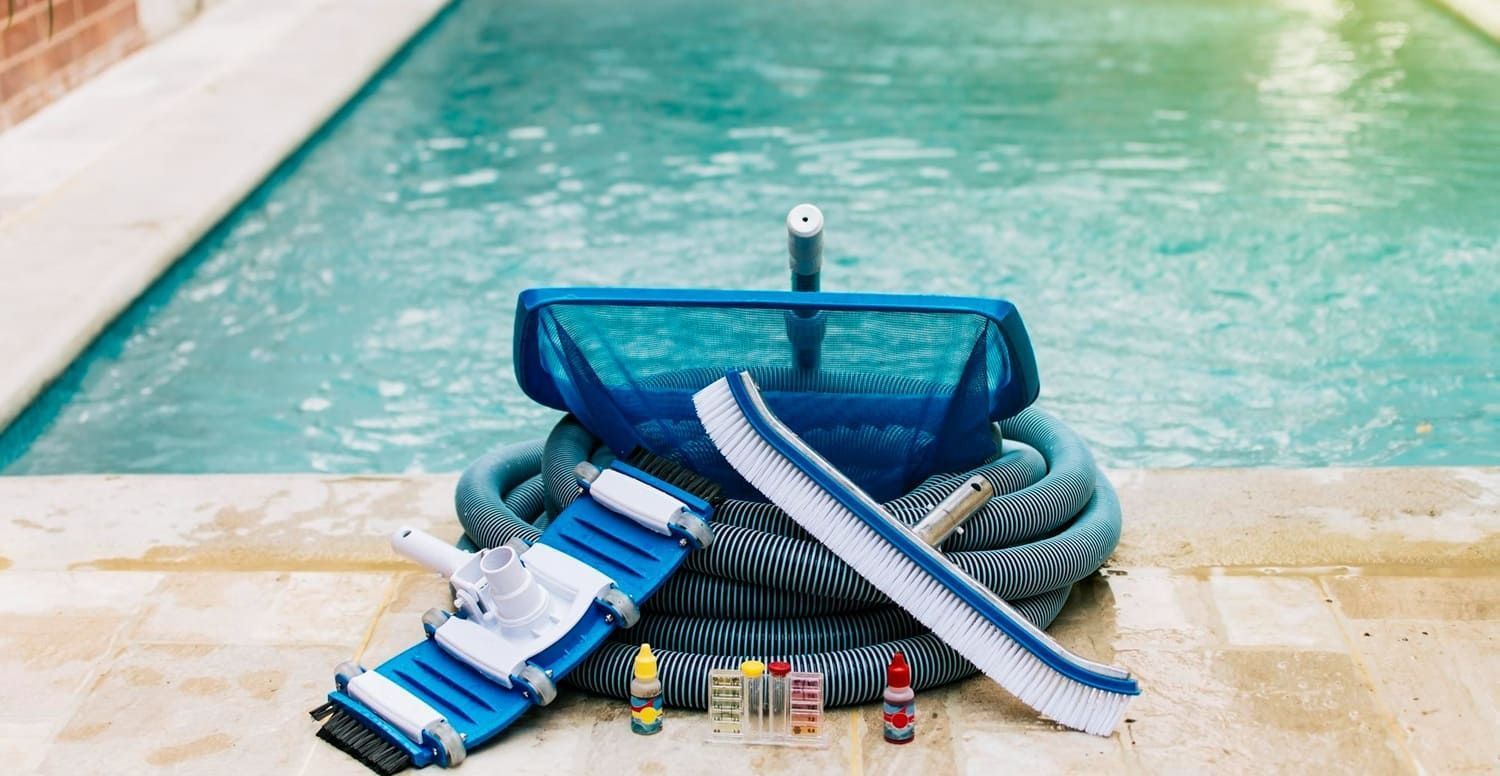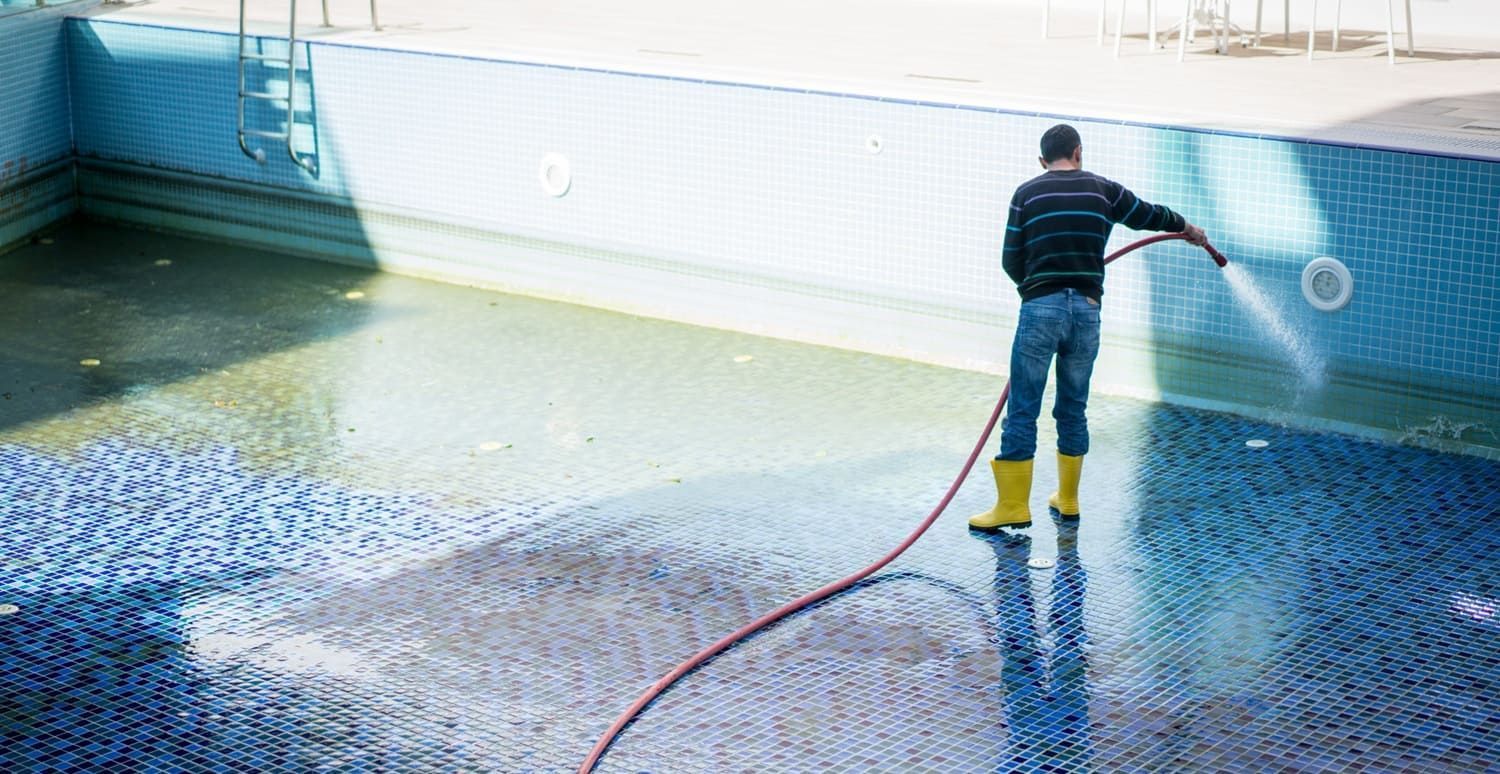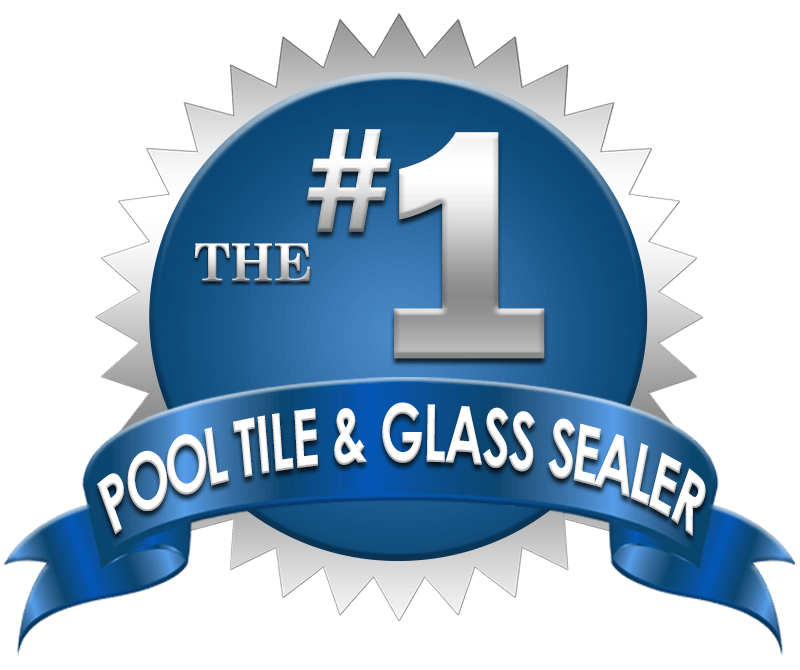The Best Way to Remove Algae from Your Pool
Algae in your pool can be a real nuisance. It turns clear water into a murky mess.
Not only does it look bad, but it can also make surfaces slippery and unsafe.
Removing algae from your pool is essential for a clean swimming environment.
This guide will show you the best ways to tackle algae problems.
From understanding different types of algae to using
effective products, we've got you covered.
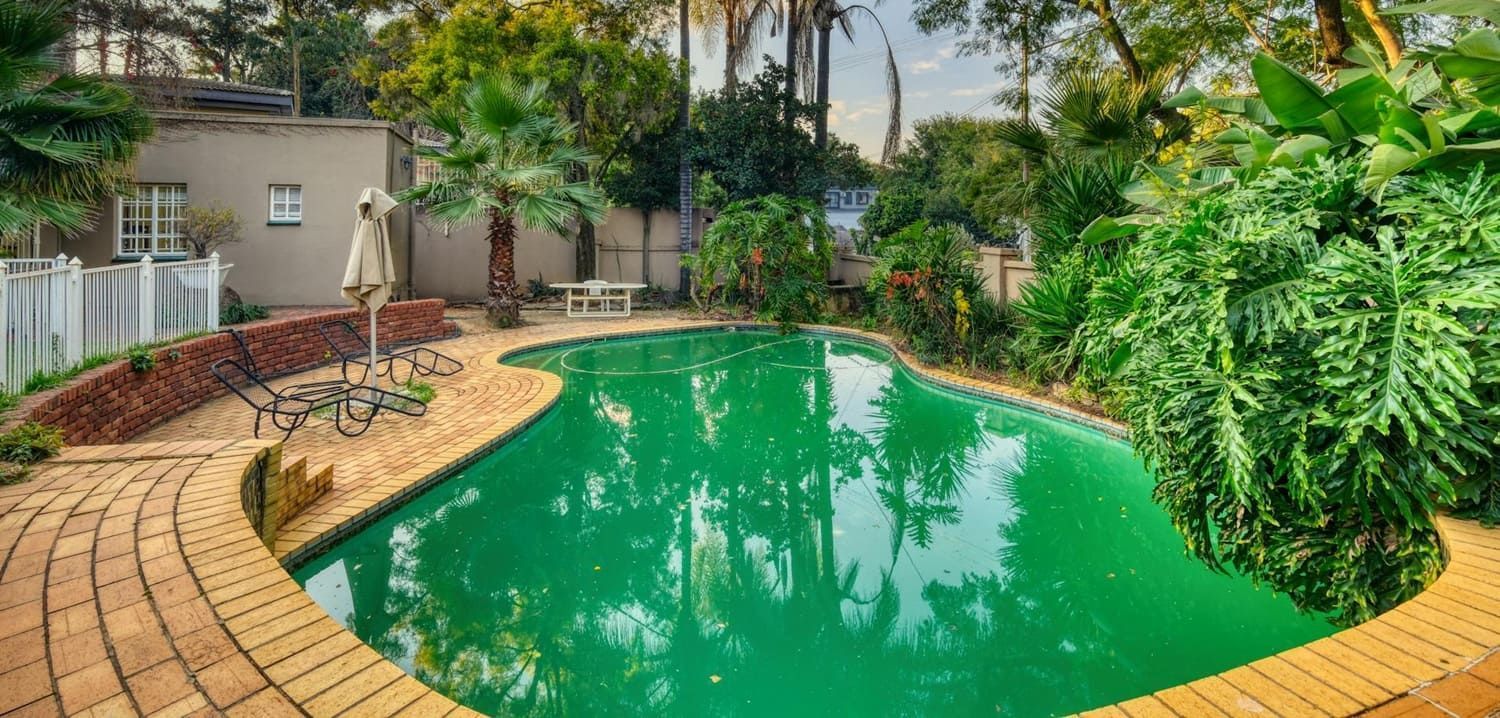
Understanding Pool Algae: Types and Causes
Algae in swimming pools come in various forms. Each type requires a different approach for removal.
Common types include green, yellow (mustard), and black algae. Green algae are the most frequent and easiest to treat.
Mustard algae, usually yellow, are resistant to chlorine. They often appear in shady parts of the pool. Black algae are the toughest, forming stubborn spots that cling to pool surfaces.
Causes of Algae Growth
- Poor water circulation
- Imbalanced water chemistry
- Inadequate filtration
- High phosphate levels
Regular testing and maintenance can prevent these issues. It's crucial to manage these factors to keep algae at bay.
Why Algae Is a Problem for Your Pool
Algae can quickly turn your inviting pool into a swamp-like environment. They cloud the water, making it less appealing and more hazardous.
The presence of algae isn't just an aesthetic issue. Algae growth can make pool surfaces slippery, increasing the risk of accidents.
Moreover, algae can strain pool systems. They can clog filters and reduce the effectiveness of sanitizers.
Negative Impacts of Algae
- Unattractive, cloudy water
- Increased risk of slipping
- Reduced efficiency of pool equipment
Regular maintenance helps to mitigate these problems, ensuring a safe and clean swimming environment.
Essential Tools and Products for Algae Removal
To effectively remove algae from your pool, you'll need the right tools and products. These help you tackle algae quickly and efficiently.
A sturdy pool brush is indispensable. It helps scrub away algae from pool surfaces, preventing them from sticking and growing.
Chemicals play a pivotal role. Properly selected algaecides and pool shock treatments are crucial for eliminating algae.
Recommended Tools and Products
- Sturdy pool brush
- Pool vacuum
- Algaecide
- Pool shock treatment
- Water test kit
A high-quality water test kit is necessary. It ensures the perfect balance of
pool chemicals, pivotal for both algae removal and prevention.
Step-by-Step Guide: How to Remove Algae from Pool
Removing algae from your pool involves several key steps. Each step plays a vital role in ensuring your pool stays clean and clear.
First, begin by thoroughly brushing your pool surfaces. Use a sturdy pool brush to scrub walls and floors, dislodging algae clinging stubbornly.
Next, focus on water testing and balancing. Use a water test kit to
check chlorine, pH, and alkalinity levels, adjusting them as necessary.
For shocking the pool, choose a quality pool shock treatment. Ideally, shock your pool at night to prevent the sun from depleting chlorine levels.
After shocking, allow the pool’s filtration system to run continuously for at least 24 hours. This helps in circulating chemicals evenly.
Now, it's time to vacuum the pool. A thorough vacuuming will remove dead algae and any remaining debris.
The Key Steps Include:
- Brush pool surfaces
- Test and balance water chemistry
- Apply pool shock treatment
- Run filtration system continuously
- Vacuum thoroughly
Finally, after cleaning, re-test the water. Confirm that it returns to safe and balanced levels before allowing anyone to swim.
Through these steps, you ensure your pool becomes free from algae. Consistency in following this routine is crucial for long-term cleanliness and safety.
How to Remove Mustard Algae from Swimming Pool
Mustard algae can be more resistant than other types. Hence, it requires specific approaches for effective removal.
Begin by brushing all pool surfaces vigorously. Pay special attention to shady areas where mustard algae thrive.
Then, administer a chlorine shock treatment. Use a higher concentration, as mustard algae is tougher to eliminate than regular algae.
Mustard Algae Removal Checklist:
- Vigorous brushing
- High-concentration chlorine shock
- Apply specialized algaecide
- Clean all pool accessories
Don’t forget to apply a specialized mustard algaecide. This tackles the resistance mustard algae has against regular treatments.
Lastly, clean pool items like floats and toys. Mustard algae can cling onto these, reintroducing it into the pool.
Dealing with Black and Green Algae
Black and green algae require distinct strategies for removal. They differ in persistence and resistance.
Black algae are most stubborn, often requiring thorough brushing and persistent chemical treatments. Invest in a pool brush with stiff bristles for better results.
Green algae, however, are more common but easier to tackle. They respond well to standard shock treatments and regular brushing.
Tips for Removing Black and Green Algae:
- Use stiff bristle brush on black algae
- Regular shock treatments for green algae
- Consistent brushing regimen
Remember to frequently check and maintain your water chemistry. The right chemical balance is essential in preventing both types from recurring.
Cleaning and Maintaining Your Pool After Algae Removal
After successfully removing algae, focus on maintaining pool cleanliness. Regular upkeep prevents algae from returning.
Begin with continuous water circulation. Ensure your pool pump runs at least 8 hours daily. This aids in maintaining chemical balance and water clarity.
Next,
clean your pool filters regularly. Algae remnants can clog them, reducing their efficiency. Proper filtration is key to long-term pool health.
Maintenance Tips:
- Keep water circulating
- Regularly clean pool filters
- Check water chemistry weekly
Lastly, test water chemistry at least once a week. Adjust chemicals as needed to sustain an algae-free environment. Consistent checks prevent future problems, ensuring a pleasant swimming experience for everyone.
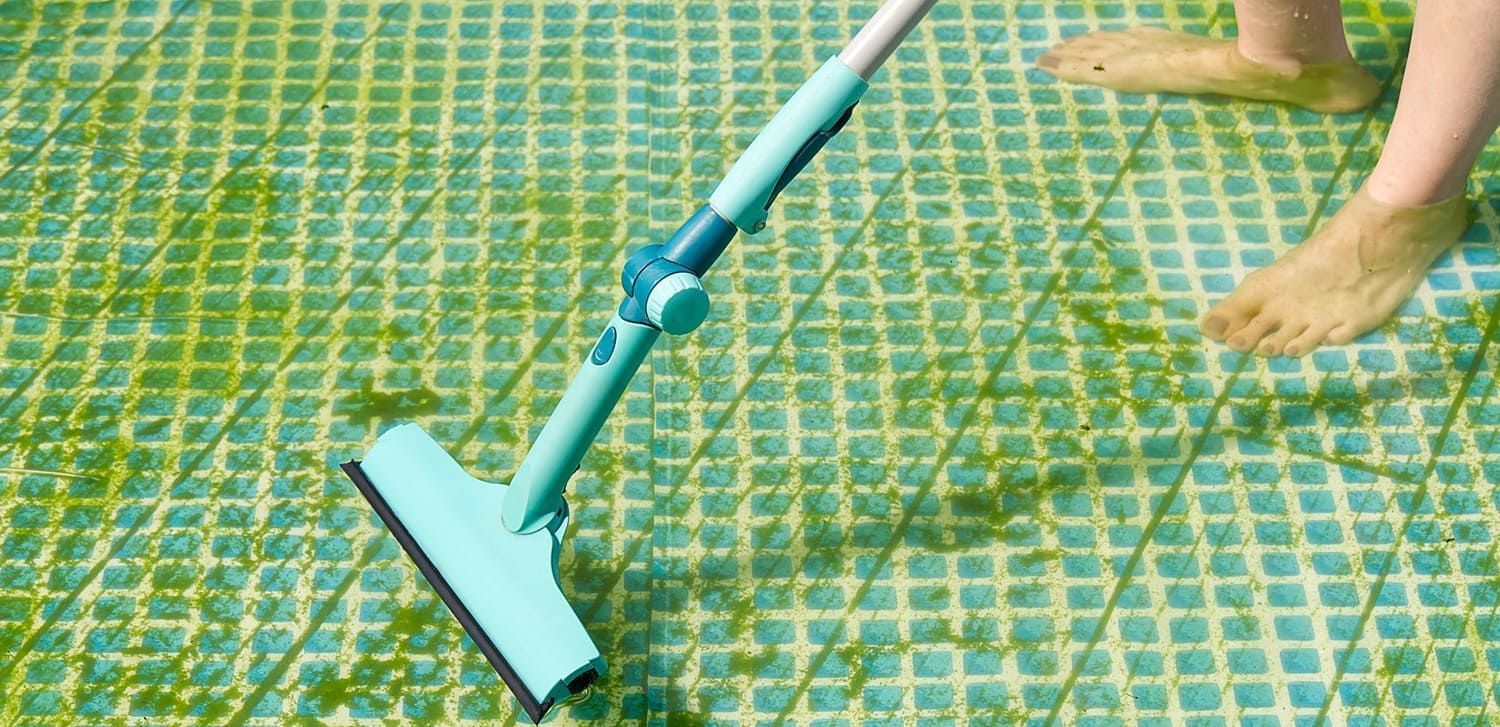
Preventing Algae: Proactive Pool Care Tips
Prevention is better than cure, especially with pool algae. Regular maintenance can save you both time and money in the long run.
Start by monitoring pool chemistry closely. Ensure chlorine levels are between 1-3 ppm. This deters algae effectively.
Always keep the
pool clean from debris. Leaves and dirt introduce organic matter that promotes algae growth. Frequent skimming helps.
Proactive Pool Care Checklist:
- Maintain balanced water chemistry
- Regularly skim surface debris
- Ensure proper pool circulation
- Use pool algaecide as precaution
Incorporate algaecides into your routine. These products provide an added layer of protection, making it harder for algae to take hold. Use them according to manufacturer instructions.
Lastly, pay attention to pool equipment. Ensure they function optimally. Equipment failures can lead to stagnant water—an ideal setting for algae. Regular checks keep potential issues at bay, ensuring a pristine swimming environment.
The Role of LayorCare Pool & Patio Protection in Algae Prevention
LayorCare Pool & Patio Protection products are game changers in preventing algae growth. They work by protecting surfaces against contaminants.
By applying these products, you can extend the life of pool surfaces and reduce maintenance needs. This creates a more reliable barrier against algae invasion.
Benefits of LayorCare Products:
- Protects against algae and contaminants
- Extends surface lifespan
- Reduces long-term maintenance
Consider incorporating LayorCare solutions into your routine. It offers a proactive approach to pool care, enhancing your pool's appeal and reducing algae-related concerns significantly.
Conclusion: Enjoy a Clean Swimming Pool Year-Round
Keeping your pool algae-free requires consistent care and the right products, but the rewards are well worth the effort. AtLayorCare Pool & Patio Protection , we offer the best pool cleaning products designed to help you maintain a crystal-clear and healthy swimming environment for you and your loved ones.
A clean pool not only looks beautiful but also ensures safety and enjoyment for everyone. By following a regular maintenance routine and using premium-quality pool care solutions from LayorCare Pool & Patio Protection, you can prevent algae buildup and keep your water sparkling year-round.
Whether you’re a homeowner or a professional pool operator, staying proactive with the right cleaning products and methods makes all the difference.
Contact LayorCare Pool & Patio Protection if you need any help selecting the right products or guidance on maintaining your pool. We’re here to help you enjoy a pristine, inviting swimming pool every day of the year.
Frequently Asked Questions About Removing Algae from Pools
How do you remove algae from a pool fast?
To remove algae from your pool quickly, start by brushing all pool surfaces vigorously to break up algae colonies, then shock the pool with 2-4 times the normal chlorine amount at night for maximum effectiveness. Run your filtration system continuously for 24-48 hours while adding a quality algaecide treatment to kill remaining spores. Vacuum the pool thoroughly to remove dead algae debris, and maintain proper water chemistry with pH between 7.2-7.6. For stubborn mustard or black algae, use specialized algaecide products and repeat the shocking process. Most green algae clears within 24-48 hours, while resistant types may take up to a week with consistent treatment.
What kills algae in pools naturally?
Natural pool algae removal methods include maintaining proper water circulation by running your pump 8-12 hours daily, using a pool brush to manually scrub surfaces weekly, and ensuring adequate sunlight exposure which naturally inhibits algae growth in well-maintained pools. Baking soda can help balance pH levels, while borax raises pH and creates an environment less favorable for algae. However, natural methods alone are rarely sufficient for active algae infestations and work best as preventative measures. For effective algae removal, combining natural maintenance practices with proven pool cleaning products like those from LayorCare Pool & Patio Protection delivers the fastest and most reliable results while keeping your pool safe for swimming.
Can you swim in a pool with dead algae?
You should not swim in a pool with dead algae until the water is completely clear and properly balanced. Dead algae creates cloudy water that can harbor harmful bacteria, reduces chlorine effectiveness, and makes pool surfaces slippery and dangerous. After treating algae, continue running your filtration system and vacuuming until all debris is removed and water clarity returns. Test your water chemistry to ensure chlorine levels are between 1-3 ppm, pH is 7.2-7.6, and alkalinity is properly balanced. Once the water is crystal clear, chemicals are balanced, and you can see the pool bottom clearly, it's safe to resume swimming—typically 24-48 hours after the final treatment.
Why does my pool turn green overnight?
Pools turn green overnight when chlorine levels drop too low, allowing algae spores already present in the water to rapidly multiply. Common causes include heavy rainfall diluting pool chemicals, excessive pool usage depleting sanitizer, equipment failure stopping circulation, or forgetting to add chlorine regularly. High temperatures and sunlight accelerate algae growth, while imbalanced pH levels reduce chlorine effectiveness. Phosphates from leaves, pollen, or fertilizer runoff also feed algae blooms. To prevent overnight greening, maintain consistent chlorine levels of 2-3 ppm, test water chemistry twice weekly, run your pump daily, and use preventative algaecide treatments. Quality pool protection products help maintain chemical balance and prevent sudden algae outbreaks.
What is the best algaecide for swimming pools?
The best algaecide depends on your specific algae type and prevention needs. For green algae, copper-based algaecides provide fast-acting treatment and prevention. Mustard algae requires specialized formulas with higher copper concentrations designed to penetrate resistant strains. Black algae needs algaecides with penetrating agents that reach deep into pool surfaces. For weekly maintenance and prevention, quaternary ammonium (quat) algaecides offer non-staining, long-lasting protection. Look for professional-grade products that are compatible with all pool types, won't cause foaming, and work effectively with your existing sanitizer system. LayorCare Pool & Patio Protection offers comprehensive algaecide solutions formulated for maximum effectiveness against all algae types while protecting your pool surfaces.
How much does it cost to remove algae from a pool?
DIY pool algae removal typically costs $50-150 for chemicals including shock treatment, algaecide, and testing supplies, making it the most affordable option for pool owners. Severe infestations may require $200-300 in products for multiple treatments over several weeks. The main costs include pool shock ($20-40), quality algaecide ($25-60), replacement filter cartridges if needed ($30-80), and increased electricity from running pumps continuously. Investing in preventative maintenance products costs $30-50 monthly but saves money long-term by avoiding major algae problems. Using professional-grade pool cleaning products from trusted brands like LayorCare ensures effective treatment the first time, reducing overall costs and preventing recurring algae issues that waste time and money.
How long after shocking pool can you swim?
Wait at least 8-24 hours after shocking your pool before swimming, depending on chlorine levels and shock type used. For standard calcium hypochlorite shock, wait until free chlorine drops below 5 ppm—typically 12-24 hours with proper circulation. Non-chlorine shock allows swimming in as little as 15 minutes but is less effective for algae treatment. Always test water with a reliable test kit before entering; chlorine levels should be between 1-3 ppm for safe swimming. Run your filtration system continuously after shocking to circulate chemicals and speed up the process. Never swim immediately after shocking as high chlorine concentrations can cause skin irritation, eye damage, and respiratory issues. Proper water balance ensures both effective algae removal and swimmer safety.
What causes black algae in pools?
Black algae develops in pools due to its unique protective characteristics that make it highly resistant to normal chlorine levels. This stubborn algae forms deep roots that penetrate plaster, concrete, and grout, creating dark spots that are difficult to remove. Black algae thrives in areas with poor circulation, inadequate brushing, low chlorine levels, and rough pool surfaces that provide anchoring points. It often enters pools through contaminated swimsuits, equipment, or natural water sources. Unlike green algae, black algae has a waxy protective layer that shields it from chemicals, requiring aggressive brushing to break through before treatment. Preventing black algae requires maintaining chlorine at 2-3 ppm, regular brushing of all surfaces, proper circulation, and using quality pool protection products that create an inhospitable environment for algae growth.
Do I need to brush my pool to remove algae?
Yes, brushing is absolutely essential for effective algae removal and cannot be skipped. Brushing physically breaks up algae colonies, dislodges them from pool surfaces, and exposes them to sanitizing chemicals for faster elimination. Without brushing, algae clings to walls and floors where chemicals are less effective, especially with mustard and black algae that have protective layers. Use a stiff-bristled pool brush for concrete pools or a softer brush for vinyl and fiberglass surfaces. Brush all surfaces thoroughly before shocking, paying special attention to corners, steps, and shaded areas where algae concentrates. Continue brushing daily during treatment until water clears completely. Combining vigorous brushing with quality algae removal products from LayorCare Pool & Patio Protection ensures complete elimination and prevents regrowth.
Can algae grow in a pool with high chlorine?
Algae can still grow in pools with high chlorine if other water chemistry factors are imbalanced, particularly pH levels. When pH rises above 7.8, chlorine becomes significantly less effective even at high concentrations, allowing chlorine-resistant algae strains like mustard and black algae to thrive. High cyanuric acid levels (stabilizer) can also lock up chlorine, making it unavailable to kill algae despite high test readings. Additionally, phosphates provide algae food regardless of chlorine levels, and poor circulation creates dead spots where algae can establish. To prevent algae growth, maintain not just adequate chlorine (2-3 ppm) but also proper pH (7.2-7.6), balanced alkalinity (80-120 ppm), and good water circulation. Regular testing and using comprehensive pool care products ensures all factors work together to keep your pool algae-free.
What temperature kills pool algae?
Pool algae cannot be killed by temperature alone within the safe swimming range, as most algae species thrive in temperatures between 60-85°F. Algae growth actually accelerates in warmer water above 80°F, which is why pools experience more algae problems during summer months. While freezing temperatures can slow algae growth, they don't eliminate existing infestations and can damage pool equipment and surfaces. The only effective way to kill pool algae is through proper chemical treatment with shock and algaecide, combined with brushing and filtration. However, maintaining cooler water temperatures through shade or covers can slow algae growth as a preventative measure. Focus on consistent chemical balance, regular maintenance, and quality pool cleaning products rather than relying on temperature control for algae management.
How do you prevent algae in a pool without chemicals?
Preventing algae without chemicals requires intensive physical maintenance but is rarely 100% effective for long-term pool care. Run your pool pump 12-24 hours daily to maintain constant water circulation and prevent stagnant areas where algae grows. Brush all pool surfaces thoroughly 2-3 times weekly to prevent algae attachment and remove spores before they establish. Use UV pool sanitizers or ozone generators that kill algae and bacteria without traditional chemicals. Install a quality pool cover when not in use to block sunlight that fuels algae growth. Maintain proper water balance using natural pH adjusters like baking soda. However, most pool owners find that combining minimal chemical use with natural methods provides the best results. Quality pool protection products from LayorCare offer effective, balanced solutions that minimize chemical use while ensuring safe, algae-free water.

